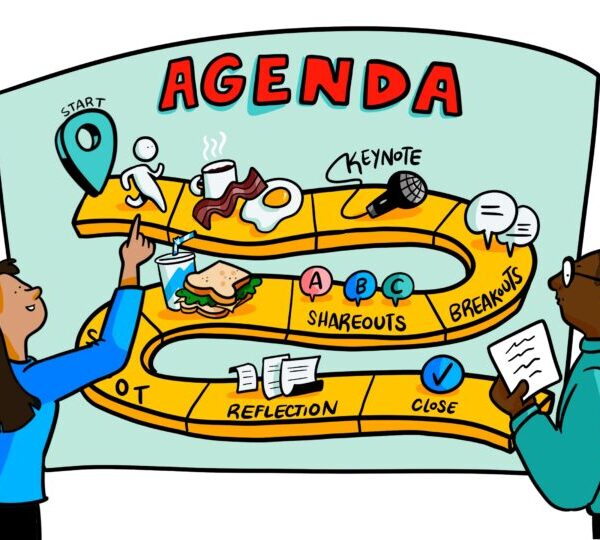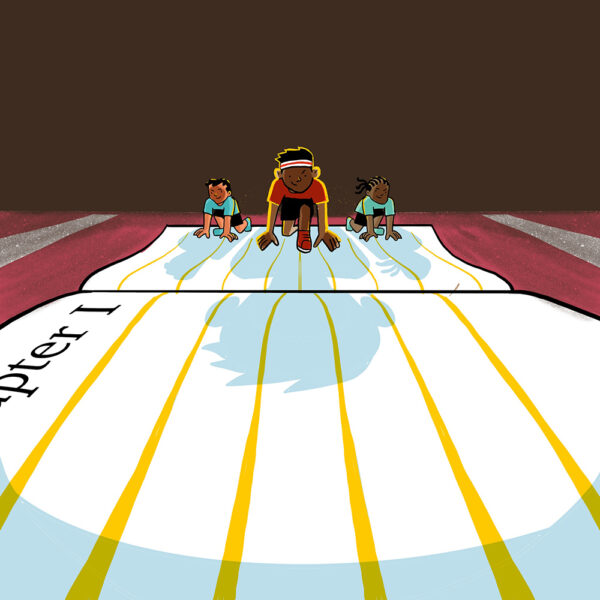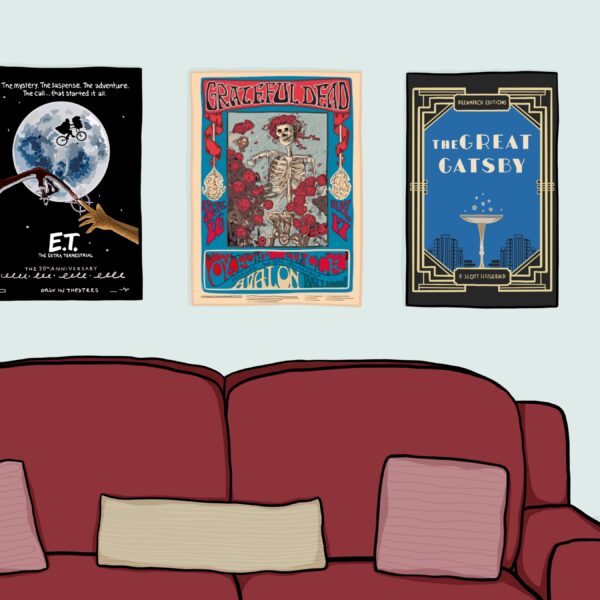Sometimes, it can be difficult for new clients to understand why graphic recording and graphic facilitation is so effective. This article is part of an ongoing series, It’s a Visual World. In it, we explore everyday experiences that showcase the myriad ways visual inputs allow our brains to work more efficiently. Look for areas in your daily life for the visual iconography you rely on, then give us a call. Seeing is believing.
Where we’re going, we don’t need roads…
…but, we still need roadmaps. Innovators, disruptors, and entrepreneurs expend a lot of effort constantly reinventing the wheel, or at least repackaging it. How would we create life-saving vaccines, split the atom, or send billionaires to space (phew! glad they have something to occupy their time) if we didn’t take the road less traveled? However, taking the unknown path isn’t the same as not knowing where you’re going.

The Road Leads Here
Take a ride with our team of visual strategists today. We’ll help you develop your business plans so you can execute them with ease.
Like most people, I use a GPS app for directions when I drive. The combination of vocal commands with the always-forward oriented map make it easier to see how to get where I’m going. Before we had satellites beaming our precise location to us every second of the day, I used a worn and pen-marked road atlas to navigate the world on four wheels.
But, as I see it, the value in a map isn’t that you can see where you’re going. The value of having a map is in the confidence that there is a path forward. It offers you the freedom to explore and deviate from the path, because the path is always there. Perhaps most importantly, a roadmap lets other folks in the car with you see where you’re leading them.
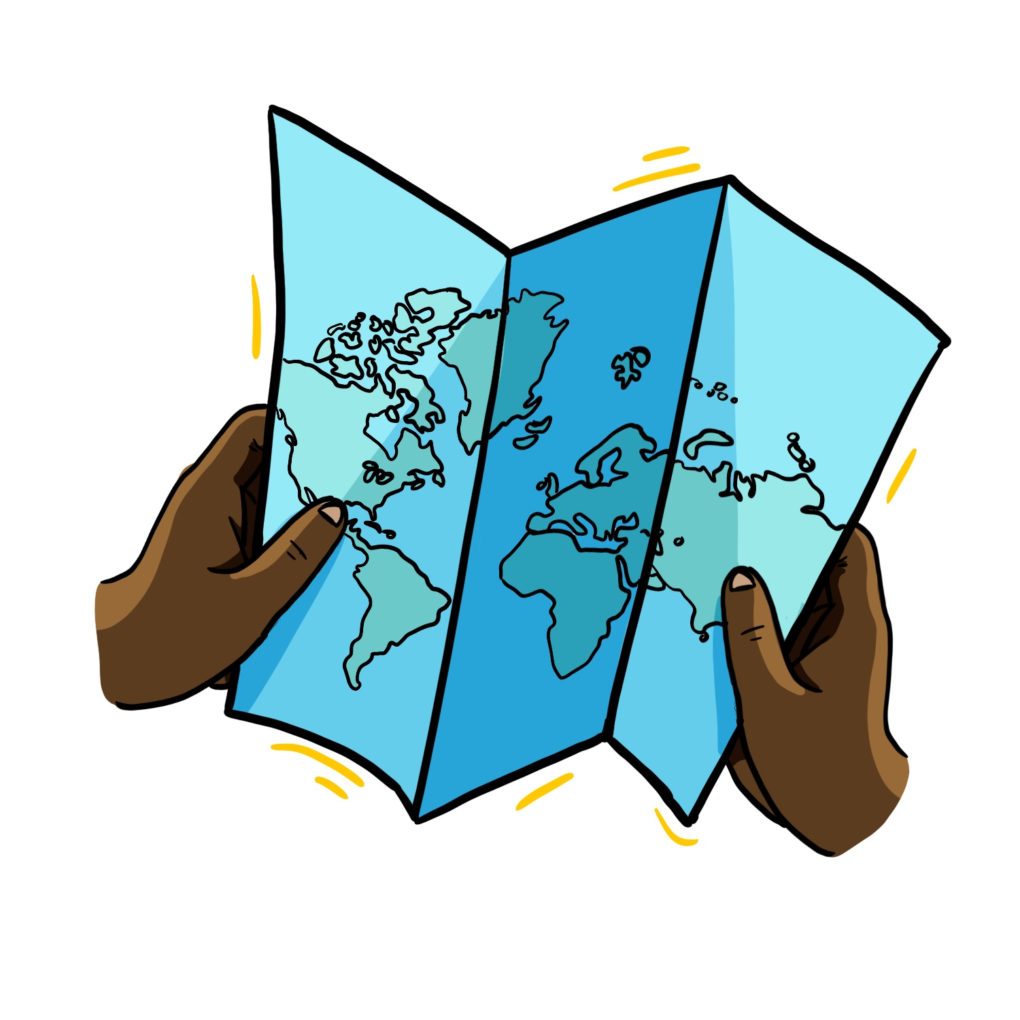
Baby, you can drive my car
Why am I talking so much about driving? Like a lot of city-dwelling people, I’m doing more of it now that I ever used to. Isn’t it fascinating that as humans (the very fastest of whom can just touch 28 MPH over 100 meters) can operate these complex, heavy machines hurtling at 80 MPH, er 70 MPH? Of course, I never speed.
A lot of it has to do with powerful visual iconography. A red octagon, a white and red triangle, a yellow diamond, big green or blue rectangles. We all know what these symbols mean. Red lights. Green lights. Blinking lights. Even inside the car, the familiar knobs, lights and gauges all allow us to instantaneously assess how fast we’re traveling, how loud the radio is, how much gas we have, and where we’re going.
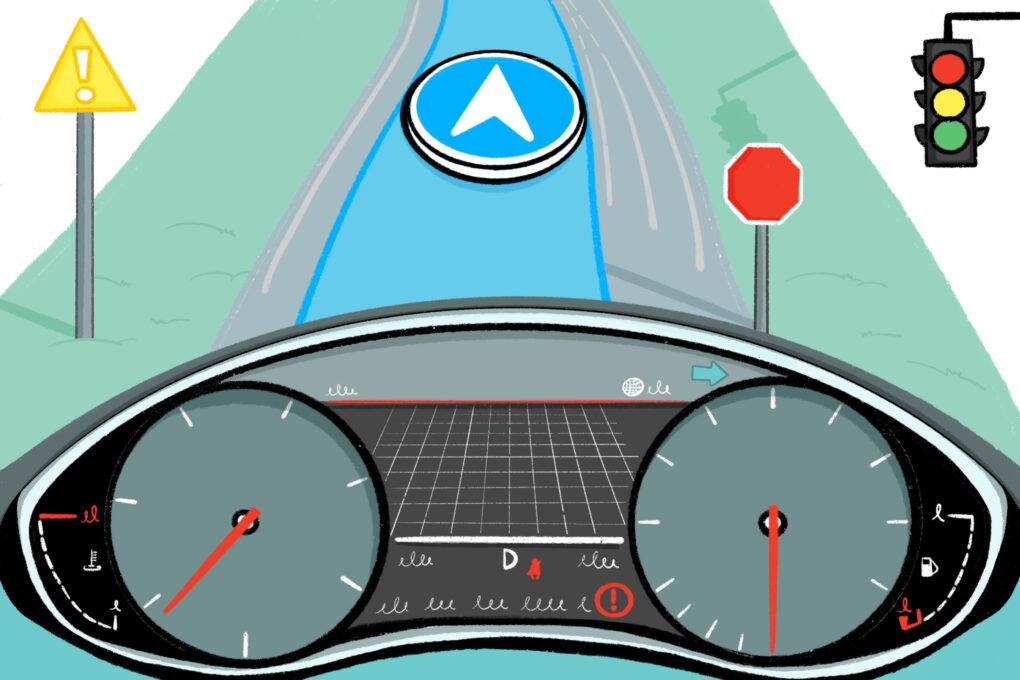
There’s a point to these automotive musings. Visuals speak faster than words. From the colors and shapes of the signage we see, to the elements within our cars, we are able to assess and navigate situations by determining what to do and what not to do. Imagine trying to drive if the signage we saw was all black type on white boxes, if your dashboard was full of glowing text describing your speed, or if the directions you required came in the form of a memo or white paper…
Life is a highway
We can only move as fast as we can absorb information. We’ve adapted the entire experience of driving to optimize for immediate communication of critical details, so that decisions can be made in a fraction of a second while hurtling through space in a one-ton hunk of metal.
Why should mission-critical information related to our business be any different? It’s time to put our foot on the gas, and make sure the plans we develop can be understood clearly and quickly, so that our business can move at highway speed, and we can navigate around market turbulences. Buckle up!
